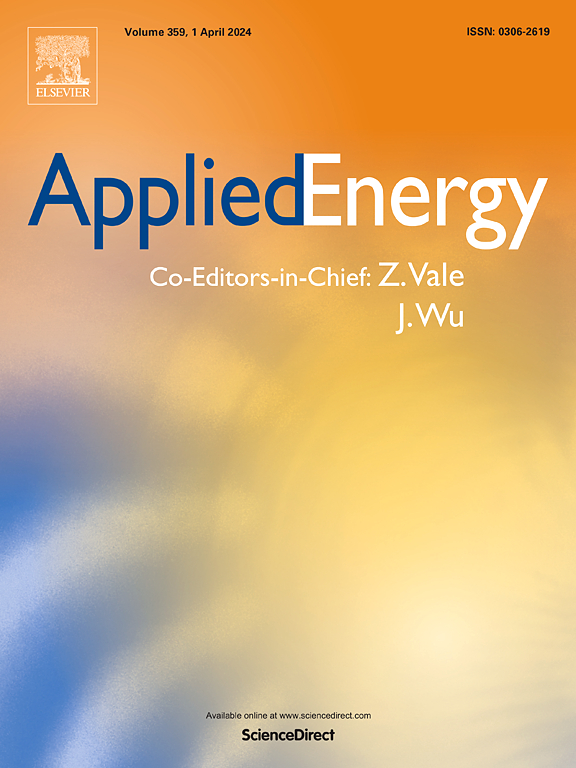国家能源使用向工业部门的分配
IF 11
1区 工程技术
Q1 ENERGY & FUELS
引用次数: 0
摘要
减少能源需求是降低碳排放和减缓气候变化的最具成本效益的战略之一。本研究提出了一种新的方法,将国家能源使用分配给特定的工业转换设备,从而提高了能源效率分析的精度。通过对当前工业能源使用数据的全面分析,该研究确定美国是可公开获得的最可靠的工业能源最终使用数据的来源。我们验证使用美国数据作为其他国家的代理,发现差异和必要的调整,以准确的全球应用。使用详细的桑基图,我们可视化工业能源流,并指出提高效率的关键领域。认识到当前数据收集方法的固有局限性,我们提出了未来工业能源调查的标准化协议。该协议旨在确保各国数据的准确性、一致性和可比性,促进生成量身定制的分配矩阵和富有洞察力的桑基图。最终,这项研究为有针对性的效率改进提供了信息,并为全球可持续的工业实践做出了贡献。本文章由计算机程序翻译,如有差异,请以英文原文为准。
Allocation of national energy use to the industrial sector
Reducing energy demand is one of the most cost-effective strategies for lowering carbon emissions and mitigating climate change. This study presents a novel methodology to allocate national energy use to specific industrial conversion devices, thus enhancing the precision of energy efficiency analyses. By conducting a comprehensive analysis of current industrial energy-use data, the study identifies the United States as the source of the most robust publicly available industrial energy end-use data. We validate the use of US data as a proxy for other countries, uncovering discrepancies and necessary adjustments for accurate global application. Using detailed Sankey diagrams, we visualise industrial energy flows and pinpoint key areas for efficiency improvements. Recognising inherent limitations in current data collection methods, we propose a standardised protocol for future industrial energy surveys. This protocol aims to ensure data accuracy, consistency, and comparability across nations, facilitating the generation of tailored allocation matrices and insightful Sankey diagrams. Ultimately, this research informs targeted efficiency improvements and contributes to sustainable industrial practices worldwide.
求助全文
通过发布文献求助,成功后即可免费获取论文全文。
去求助
来源期刊

Applied Energy
工程技术-工程:化工
CiteScore
21.20
自引率
10.70%
发文量
1830
审稿时长
41 days
期刊介绍:
Applied Energy serves as a platform for sharing innovations, research, development, and demonstrations in energy conversion, conservation, and sustainable energy systems. The journal covers topics such as optimal energy resource use, environmental pollutant mitigation, and energy process analysis. It welcomes original papers, review articles, technical notes, and letters to the editor. Authors are encouraged to submit manuscripts that bridge the gap between research, development, and implementation. The journal addresses a wide spectrum of topics, including fossil and renewable energy technologies, energy economics, and environmental impacts. Applied Energy also explores modeling and forecasting, conservation strategies, and the social and economic implications of energy policies, including climate change mitigation. It is complemented by the open-access journal Advances in Applied Energy.
 求助内容:
求助内容: 应助结果提醒方式:
应助结果提醒方式:


